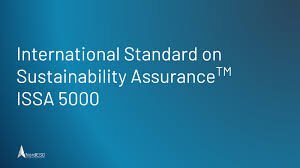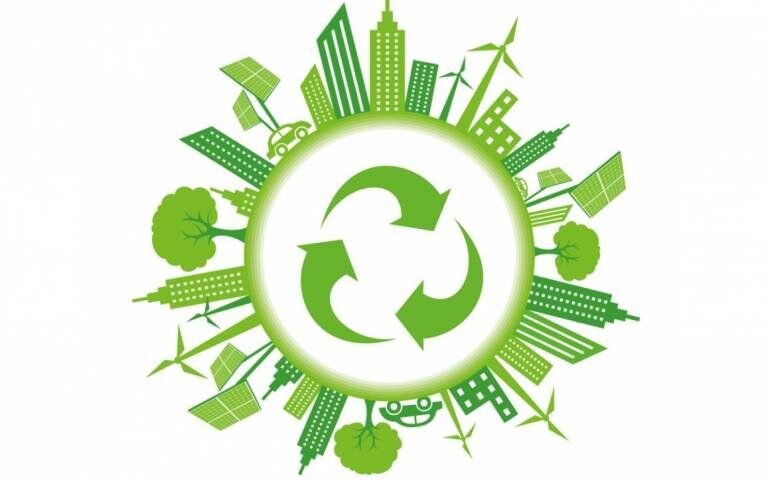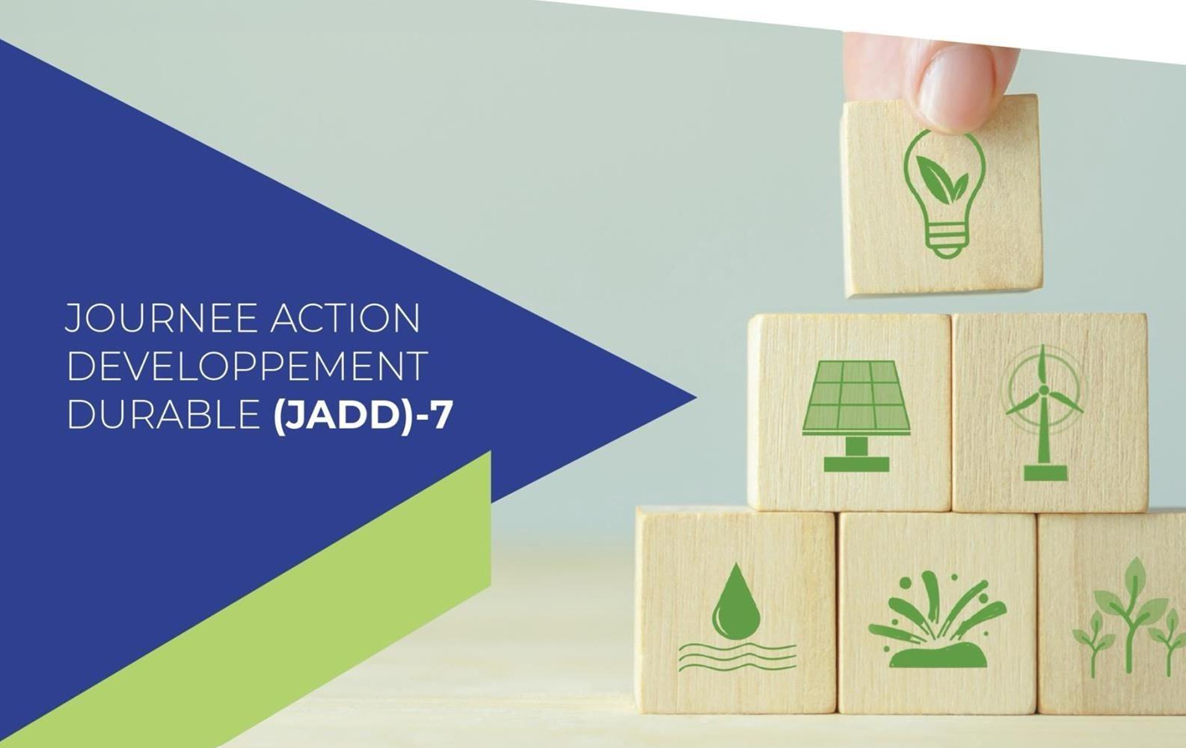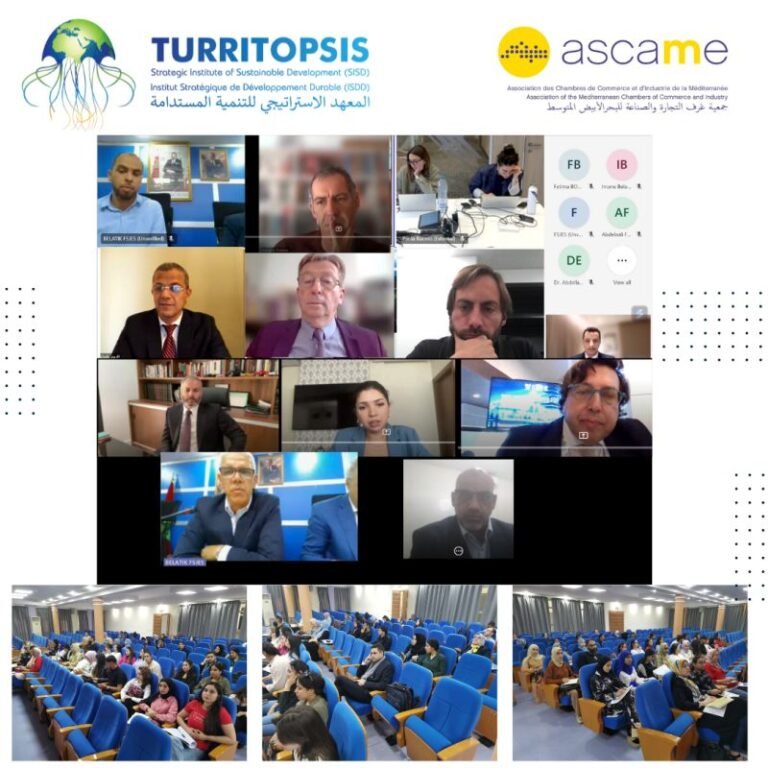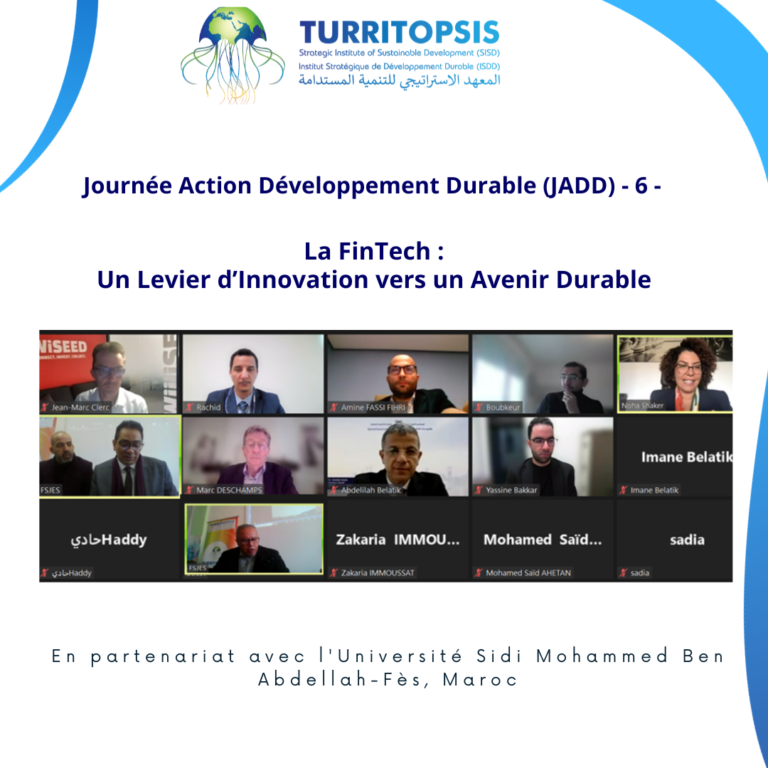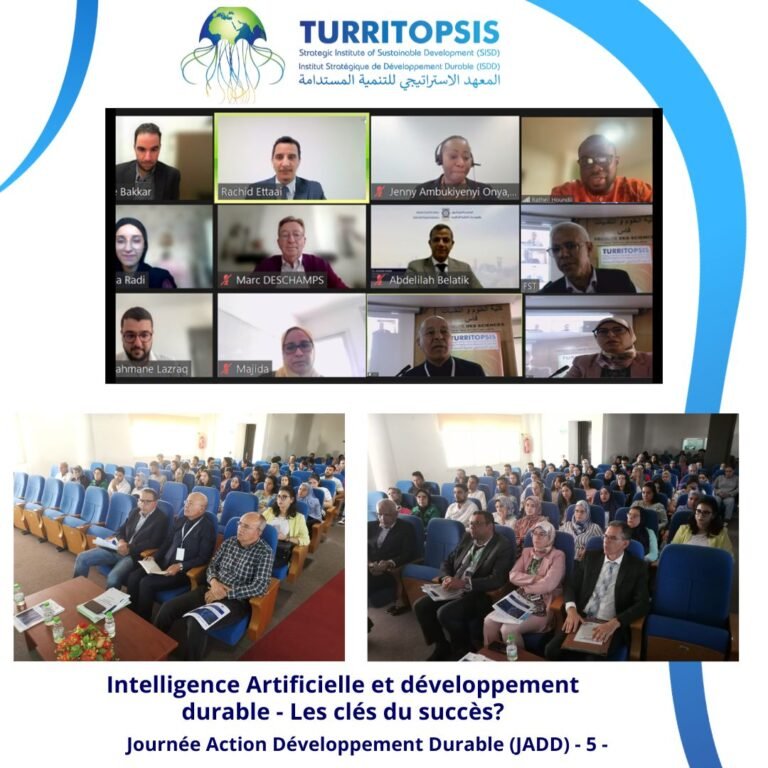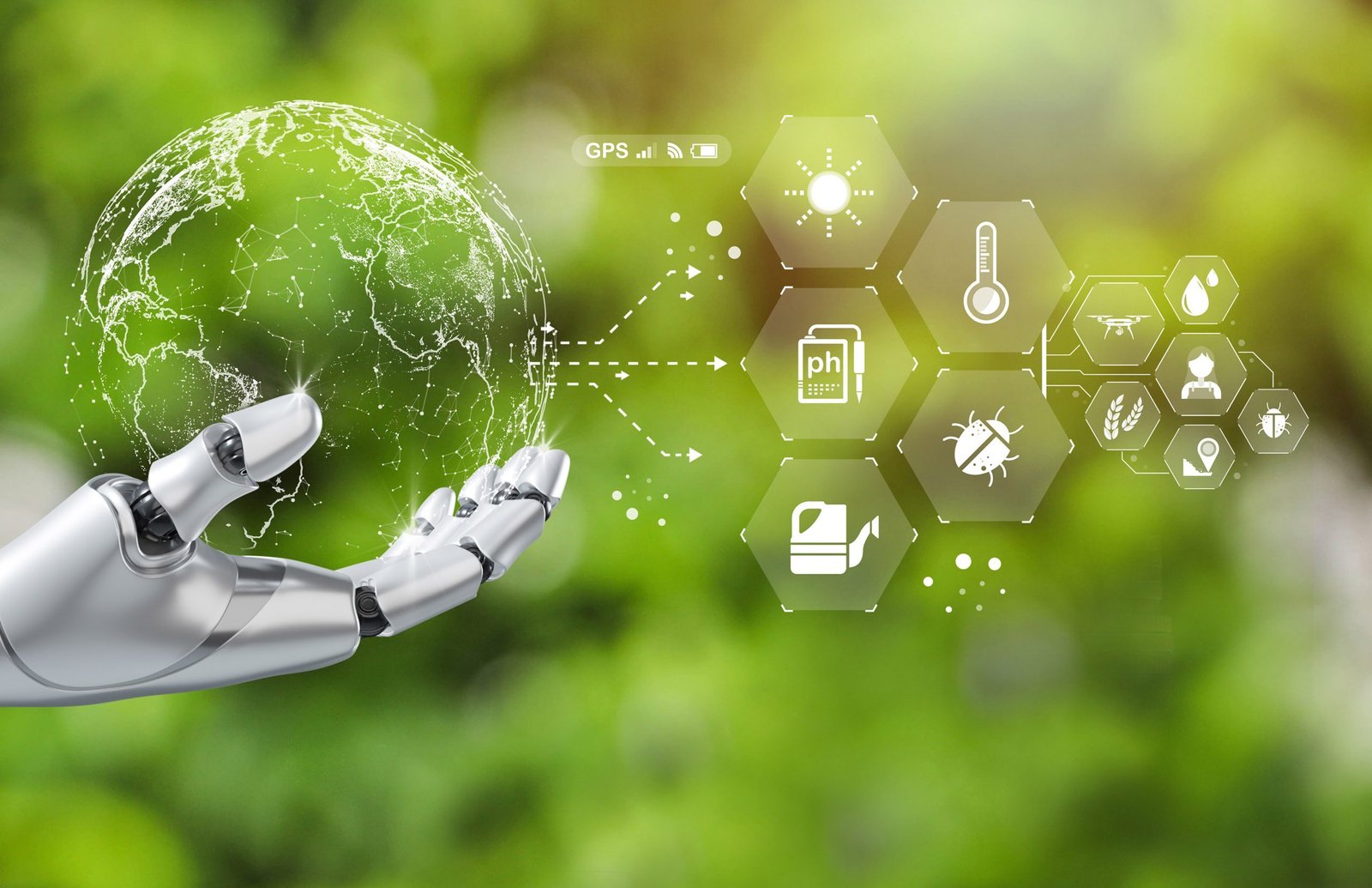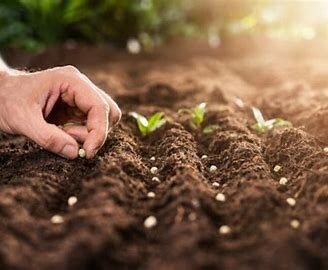Farming Without Plowing: How No-Till Agriculture Is Transforming Our Relationship with the Land
May 2025
In the face of climate disruption, growing food insecurity, and natural resource depletion, a quiet revolution is taking root in our fields. No-till agriculture, once considered an alternative approach, has emerged as a fundamental transformation of our farming systems.
A New Agricultural Philosophy
No-till agriculture isn’t merely a technique—it’s a philosophy that reimagines our relationship with the land. Encompassing direct seeding, zero tillage, and precision farming, these methods respect soil integrity while maximizing yields.
This approach marks a radical departure from conventional methods that have, for decades, prioritized intensive soil disturbance at the expense of soil health. By preserving the natural soil structure and promoting biological activity, no-till farming gradually restores ecological balances essential for long-term productivity.
Environmental Benefits: Concrete Results
The environmental advantages of no-till farming are substantial and well-documented. Farms employing this approach achieve impressive results:
- Water consumption reduced by 15-30%
- Energy use decreased by 20-25%
Significant increase in soil organic carbon content
No-Till Agriculture at a Glance
Definition: No-till agriculture (or surface farming) encompasses farming practices that minimize soil disturbance, preserve its natural structure, and promote biodiversity.
Key techniques:
- Direct seeding: Planting directly into undisturbed soil
- Zero tillage: Avoiding soil turning or plowing
- Precision farming: Using technology to optimize interventions
- Permanent soil cover: Maintaining crop residues or cover crops
Learn more:
These figures are particularly
meaningful in a context where water resources are becoming increasingly limited
[1,2]. In some North African regions, these water savings make the difference
between land abandonment and sustainable cultivation.
The impact on soil health is
equally impressive. Analyses reveal improved soil structure and richer
biodiversity in no-till managed plots [1,3]. A hectare of land cultivated
according to these principles supports considerably more abundant microbial
life compared to conventionally tilled fields.
Profitability Delivered
Contrary to the popular belief
that often pits ecology against economy, no-till agriculture proves that
sustainability and profitability can go hand in hand. Studies show:
- Yield increases of up to 10%
- Profitability improvements of 20-30%
- Significant reduction in input and fuel costs
This enhanced resilience is
explained by better water retention in undisturbed soils and more developed
root systems [1,4]. In a world where extreme weather events are multiplying,
this adaptive capacity becomes a major economic asset.
A Technological Revolution
Serving the Land
No-till farming isn’t a step
backward but a leap forward that integrates cutting-edge technologies to
optimize every intervention.
Technological innovations are
transforming no-till agriculture into a high-precision discipline:
- Drones equipped with multispectral sensors to detect
water stress and diseases
- GPS-guided tractors applying inputs with millimeter
precision
- Connected weather stations providing real-time data
In southern Spain, farmers are
using ground-penetrating radar to precisely map soil moisture and composition
[7]. This technology now enables precisely targeted irrigation, saving up to
40% water while improving crop quality.
Social Impact: Agriculture
that Feeds and Employs
Beyond environmental and economic
aspects, no-till agriculture is reinventing the social dimension of our food
system. The integration of advanced technologies creates new agricultural
careers that attract a younger, more tech-savvy generation [2,5].
Farm workers’ health also
benefits from this evolution. Reduced tillage decreases dust exposure, while
optimized input application limits contact with plant protection products. On
some farms, pesticide use has been cut by up to 60% thanks to targeted interventions
and improved overall plant health [2].
Transition Challenges
Despite its many advantages,
adoption of no-till farming remains uneven across regions and farm types. The
transition requires initial investment in adapted equipment and training, as
well as a learning period during which yields may fluctuate.
Traditional agricultural subsidy
systems, often based on conventional production models, can also impede this
evolution. Agricultural policies need to evolve to support this transition and
recognize the environmental services provided by these practices.
A Vision for Tomorrow’s
Agriculture
No-till farming isn’t a passing
trend but a profound transformation that addresses multiple challenges of our
century. It directly contributes to several Sustainable Development Goals: food
security, sustainable water management, climate action, and protection of
terrestrial ecosystems.
Tomorrow’s agricultural systems
will likely combine these practices with other innovations such as
agroforestry, companion planting, and varietal selection adapted to local
conditions. This integrated approach will enable the creation of productive,
resilient, and vibrant agricultural landscapes.
Agriculture, often singled out
for its environmental impact, can thus become part of the solution. By widely
adopting no-till practices, we can transform our food systems to nourish
humanity while regenerating our planet.
References
[1] Singh, S., et al. (2022).
Surface Seeding of Wheat: A Sustainable Way towards Climate Resilience
Agriculture. Sustainability.
[2] Luca, A., et al. (2018).
Evaluation of sustainable innovations in olive growing systems: A Life Cycle
Sustainability Assessment case study in southern Italy. Journal of Cleaner
Production.
[3] Sharma, P., et al. (2024).
Sustainable farming practices and soil health: a pathway to achieving SDGs and
future prospects. Discover Sustainability.
[4] Saikinov, V., et al. (2024).
The Economic Impact of Precision Farming on Sustainable Agricultural
Development. Ekonomika I Upravlenie: Problemy, Resheniya.
[5] Musa, S., et al. (2022). The
Role of Smart Farming in Sustainable Development. Int. J. Asian Bus. Inf.
Manag.
[6] Shahab, H., et al. (2024).
IoT-based agriculture management techniques for sustainable farming: A
comprehensive review. Comput. Electron. Agric.
[7] Lombardi, F., et al. (2022).
Assessing the Perspectives of Ground Penetrating Radar for Precision Farming.
Remote. Sens.
[8] Rossetto, R., et al. (2019).
Software tools for management of conjunctive use of surface- and ground-water
in the rural environment: integration of the Farm Process and the Crop Growth
Module in the FREEWAT platform. Agricultural Water Management.










